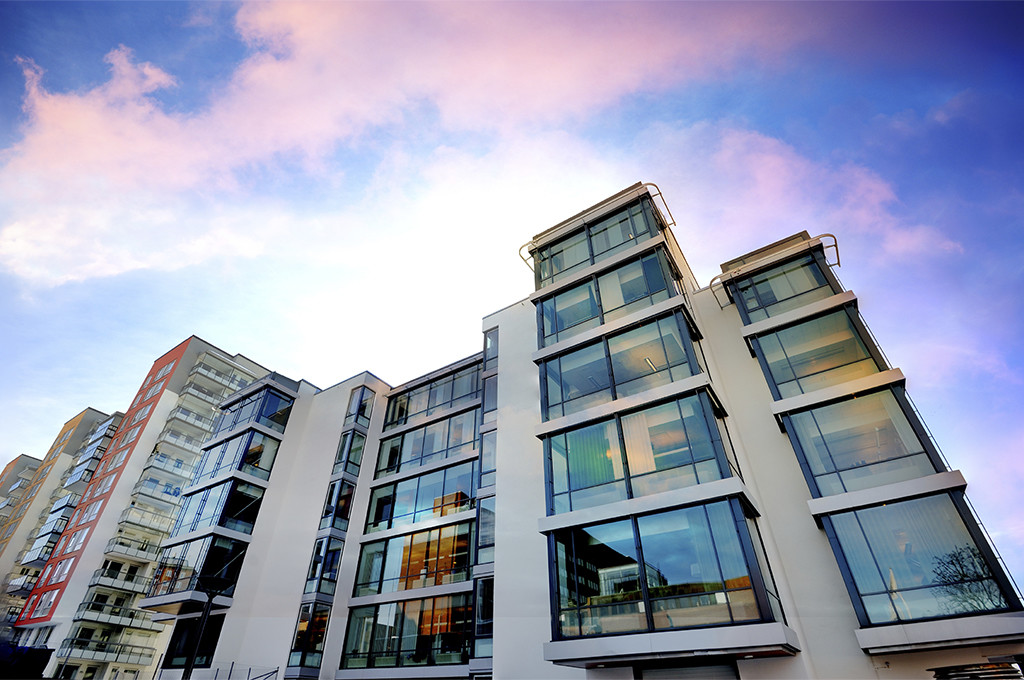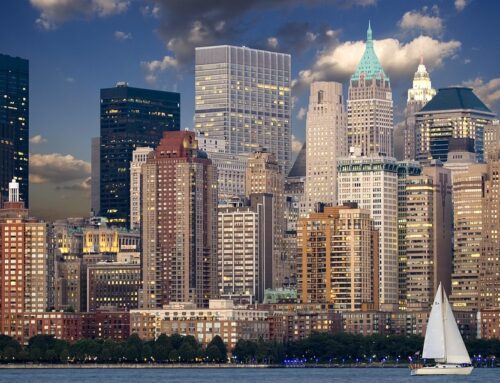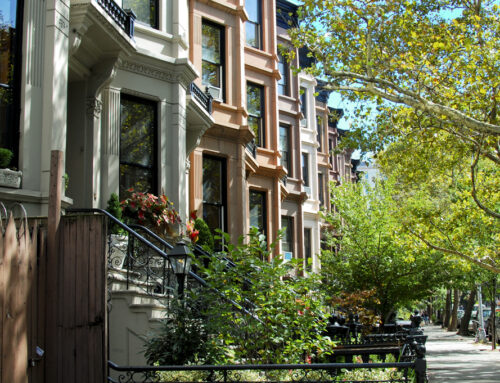If you’re searching for the vitality signs of the commercial real estate market of New York City, one don’t have to look further than the Cushman & Wakefield report that illustrates $15.1B of commercial real estate traded in Bronx, Northern Manhattan, Queens, and Brooklyn in year 2014, a $5B increase over the 2007’s market peak.
With the multifamily properties trading with a cap rate in mid to low 2 percent range in particularly Manhattan’s vibrant submarket, one might wonder what profit motive would be for investors searching for depth or entry in this marketplace. In previous peak, the market was actually rife with an anticipated opportunity to convert the rental buildings to ownership of condominium in an amazing for-sale market or realize upon rental rates increase through major capital rent conversion or improvements regulated units to the free-market. While it happens in some measure now, the breadth in which it takes place in the market is less significant.
So, what’s with the commercial real estate of New York City that it attracts this kind of demand? Consider these factors:
-
Historical Performance
Even in serious economic downtown of the last number of the years, the multifamily market of New York City remained stable relatively. Over the last five years, each submarket of New York City reported a vacancy rate of less than four percent on annualized basis and the growth rates for rent exceeded five percent in Queens and Brooklyn. Buildings with the units subject to rent stabilization law achieved a quantifiable and sustainable measure of rent increases, as well as the tenants remained in such buildings to preserve their rights and give assurance with affordable, clean, and low cost renewable housing that result in low building vacancy rate.
-
Limited Options of Investment for Same Risk Profile
The economy continues to be very volatile and while the opportunistic investors afforded themselves the luxury of the double digit returns, the investors with low risk tolerance have small population of safe haven for their investment. The rates for bank depository continue to be low and the corporate bonds haven’t yielded returns representative of risks associated with them provided that the factors influence the economy.
The economic factors that influence the multifamily real estate of New York City represent a flight to quality for investors, most especially those with the commercial real estate management insight.
The capital’s availability in the marketplace as well as the inadequate outlet in deploying this capital in a much steady environment with a measurable return has influenced the investment market of commercial real estate. In year 2014, 26 private equity debt funding raised a record of $20B, up from 19 funds increasing $13B the past year. Most of these funds have looked to residential real estate market, which acquires pools of foreclosed, troubled loans from the financial institutions, making them available for rental in marketplace with intermediate term hold strategy, and completing necessary improvements.
The current nationwide housing supply reflects that it’s still the market of renters not the buyers market and until economy reaches real equilibrium, it’s a trend that continues through year 2015 irrespective of the interest rate characteristics.







Leave A Comment